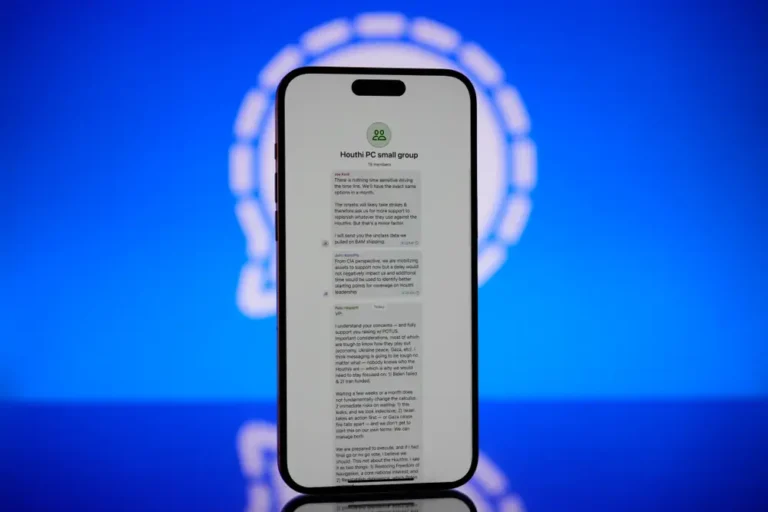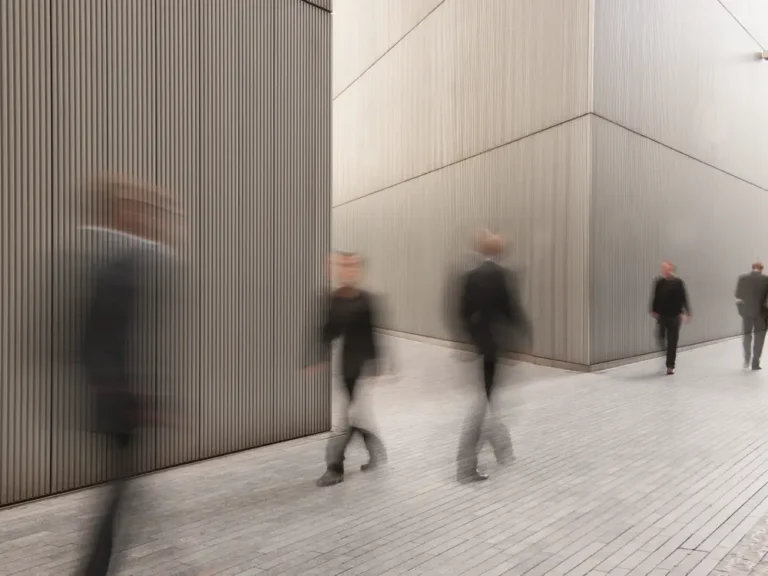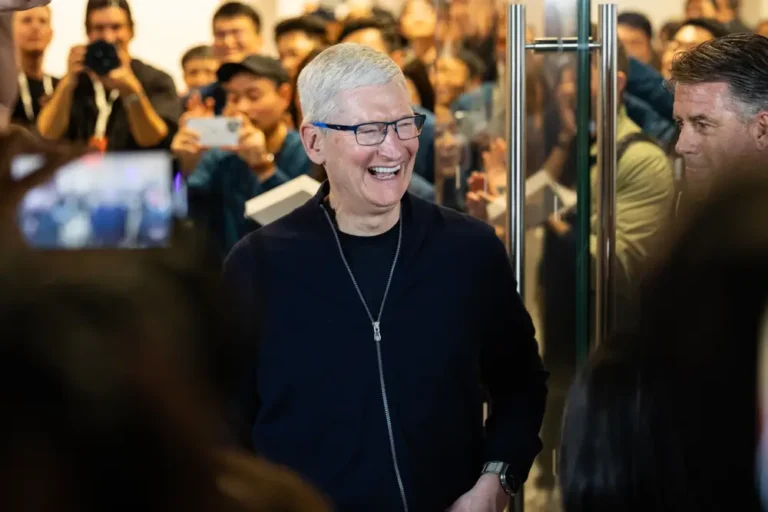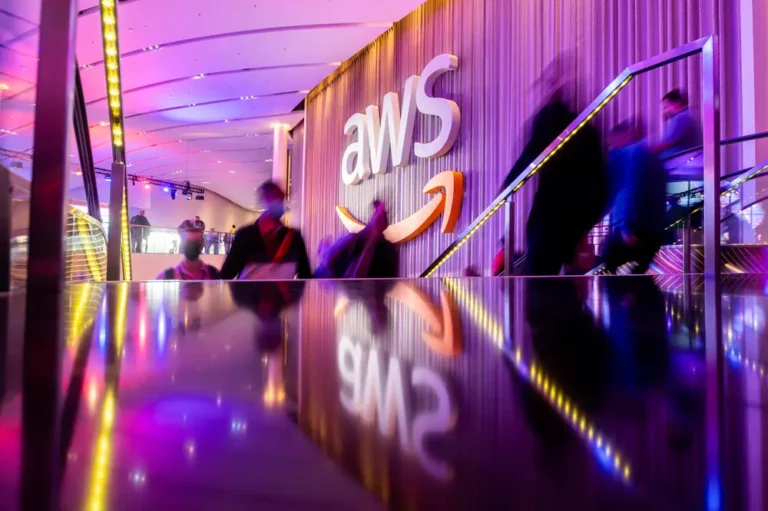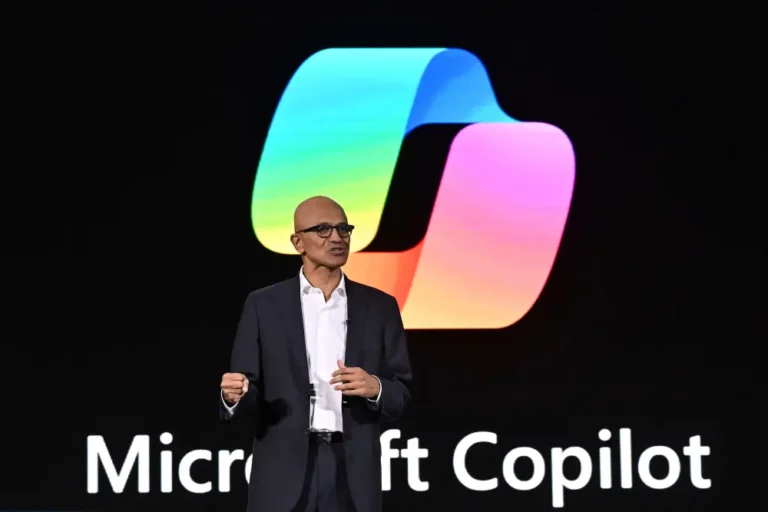My company partnered with a football club to install a permanent 5G-powered headset system for visually impaired fans

My company, Shared Access, has been working with the Crystal Palace Football Club in London for years to improve connectivity at its stadium, Selhurst Park.
It started when Vodafone approached Shared Access to help build a system for the stadium that ensures great service even when all 30,000 fans are trying to use their phones at once.
Last year, the Crystal Palace team came to us for help supporting a specific cohort of fans: those with visual impairments. In partnership with GiveVision, they were working on deploying headsets that stream live match footage directly to fans with partial sight, allowing them to sit anywhere in the stadium but see every moment in sync with the pitch action — and they needed faster connectivity to make it happen.
The existing networks weren’t cutting it
Before coming to us, the team working on the project tried running the headsets over WiFi, but there was too much latency. People using the headsets experienced everything on a slight delay, with the fans around them reacting to something on the field before they could see the action.
The 4G network that we’d previously deployed with Vodafone, and even public 5G networks, weren’t going to do the job. Public networks have a lot of firewalls and protocols that create additional delays, such as the need for data to travel from the stadium to the core network of a mobile operator outside the stadium and then back to the user. It’s also difficult because the number of other users using the network inside the venue slows things down.
We decided to install a private 5G network with an on-site core in the stadium. This allows for fully enclosed connectivity within the venue, avoiding external data transfer and eliminating the security-protocol challenges of major mobile-network operators. It provides nearly instantaneous performance, with faster speeds than 4G and even purer 5G speeds than most public users experience. Additionally, because the club has total control over who can use the network, it can ensure all the bandwidth goes to these headsets only.
On September 21, we officially launched the program, making Crystal Palace FC the first football club in the world to offer a permanent vision-enhancement system at its stadium for fans with sight impairments. Since we’ve launched, we’ve seen more fans with visual impairments who previously didn’t think coming to a game was worth it show up and have a great experience.
Future applications for private 5G networks
While helping these fans see is more than enough justification for implementing this private network, there are also so many opportunities for how the tech could be used.
For instance, food and beverage vendors could use the private network to power their tills, allowing the stadium to expand its food offerings to areas that previously didn’t have strong enough connectivity. Security cameras could be installed in places where it’s physically too difficult to get power and fiber wiring. Broadcasters may be able to use private 5G to get footage out more quickly, and without having to deploy as much equipment to the stadium, which would reduce the carbon footprint of their work.
It doesn’t have to be just sports, either. I’d suggest any kind of venue to consider: What are your problems? What are the things you’d love to do but think you can’t because of connectivity?
Ultimately, having the foundation of this private network allows so much room for creativity in terms of what you can layer on top of it. Twelve months ago, I’d never heard of GiveVision’s headsets, and it had never thought about using a private 5G network, so this collaboration ended up being perfect. Who knows what other applications are out there? I hope other partners and vendors collaborate just as imaginatively to come up with possibilities.

